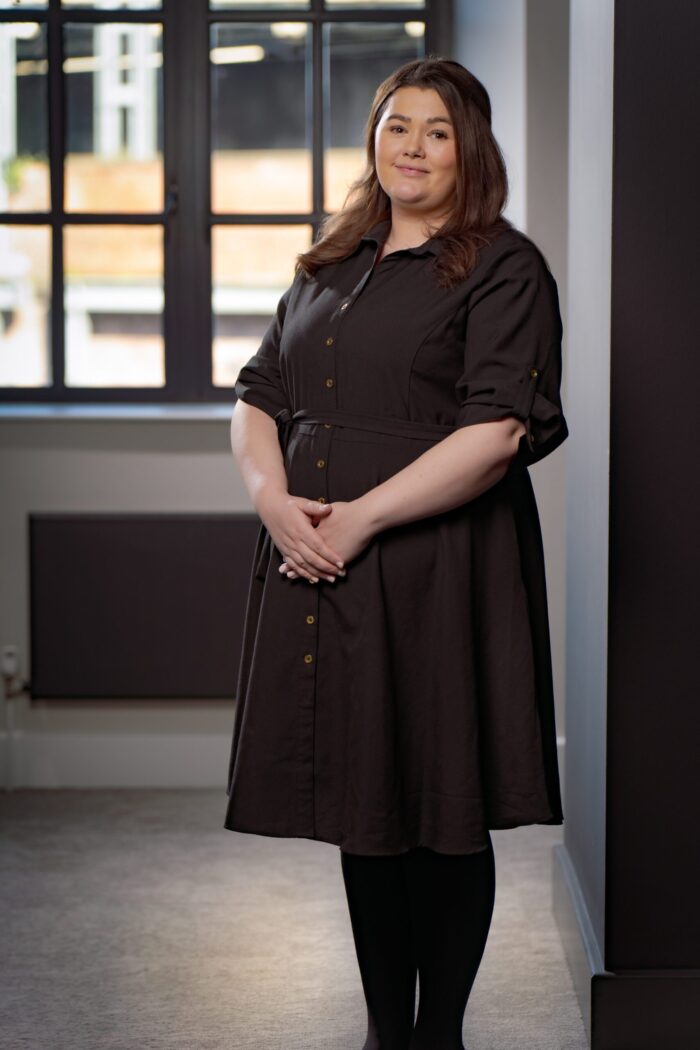Why Protect Your Property?
For many, their home is their most valuable asset. Understandably, the idea of it being sold or charged to fund care in later life is an uncomfortable one. Care fees can be extremely expensive, and without proper planning, your home may be at risk of being used to meet those costs.
A Property Protection Trust (PPT) allows you to ringfence your share of the property, protecting it against threats such as divorce (subject to matrimonial rules), creditors, or bankruptcy. It also gives you control over what happens to your interest in the property after your death.
In later life, you may not want the burden of managing property maintenance. With a PPT, your appointed trustees (often trusted family members or advisors) can manage the property on your behalf. When used alongside a Lasting Power of Attorney, this ensures joined-up support for your wellbeing, especially if your capacity deteriorates. Our team will help ensure everything is set up correctly and with your specific needs in mind.

How Property Trusts Work.
A Property Protection Trust is typically created by transferring your interest in your home into a life interest trust. You and/or your spouse become the ‘life tenant’ – with the right to live in the property for life. If you later require care, your trustees can ‘switch off’ any income from the trust to reduce your exposure to care fees.
However, local authorities will assess whether you’ve “deliberately deprived” yourself of assets to avoid paying for care. So, PPTs must be set up well in advance – they’re not suitable if care is already anticipated (for example, after a dementia diagnosis).
Local authorities assess financial means for care funding based on property (excluding the home if a partner or dependent lives there), savings, and income. While PPTs can protect against care-related risks, they must be set up strategically.
One limitation is the inheritance tax (IHT) treatment. If the share of the property placed in trust exceeds £325,000, a 20% lifetime IHT charge may apply. Also, because you still benefit from the property, its value usually remains in your estate. This can sometimes be mitigated, for example, by paying market rent or using a discretionary trust structure. Our team will assess your goals and recommend the best trust structure for your circumstances.

THE BEST IN THE BUSINESS.
Our estate planning experts specialise in creating tailored property trust solutions that protect what matters most.
Because We Are Here To Help You
Safeguard your home and legacy with a tailored Property Protection Trust built around your goals.

"Thank you for your very kind email, I can now have closure and move forward. Thank you so much for always showing compassion, professionalism and kindness. You have made dealing with my aunt's estate easier for me. Wishing you all the very best for the future."
PROBATE CLIENT











